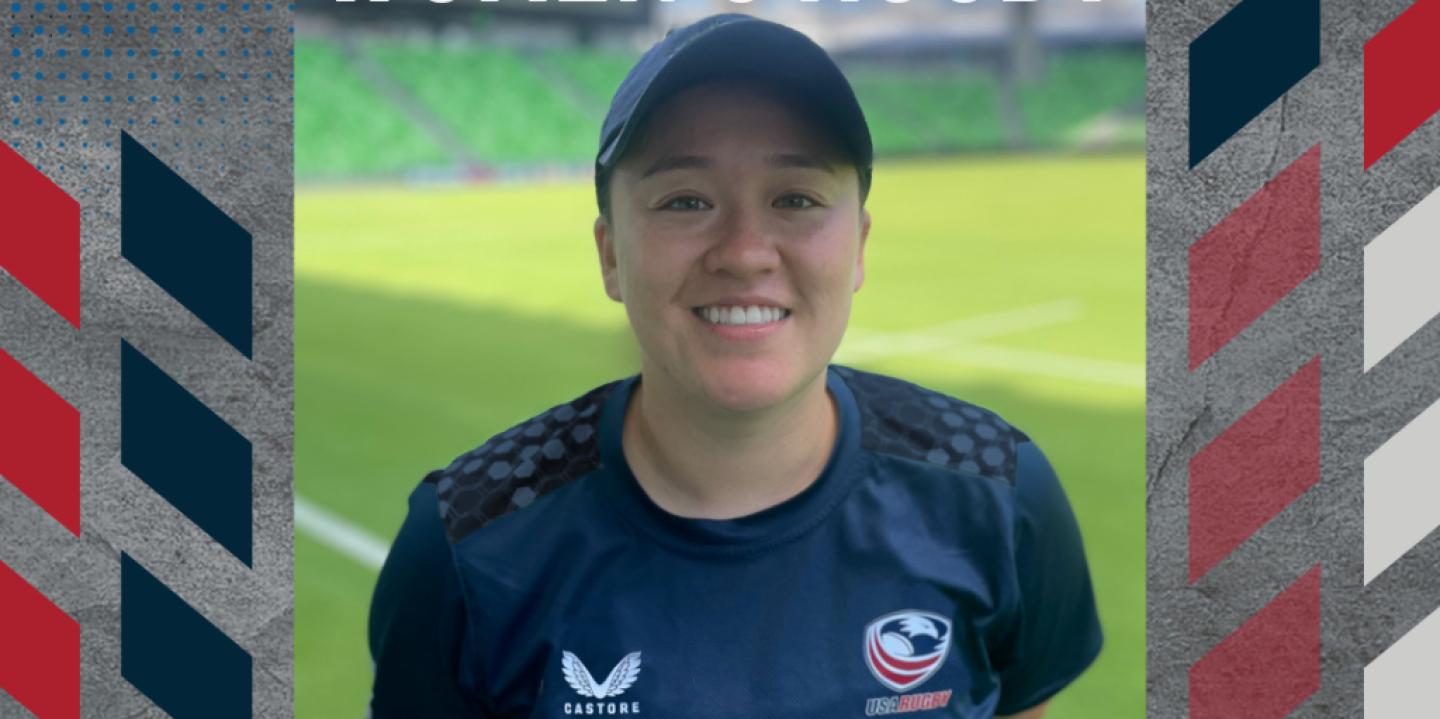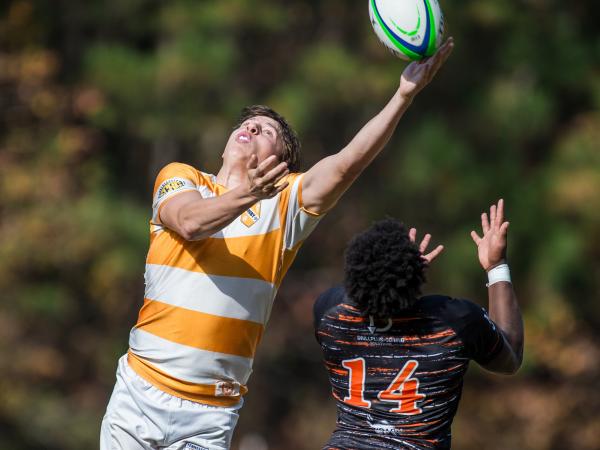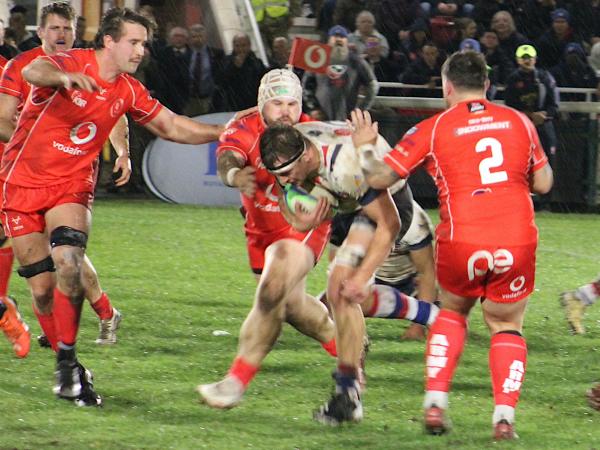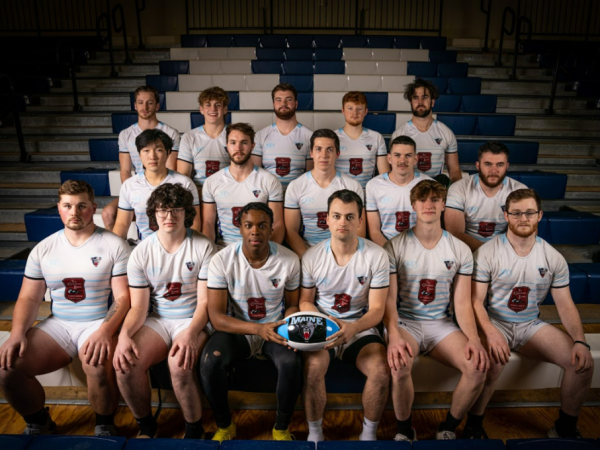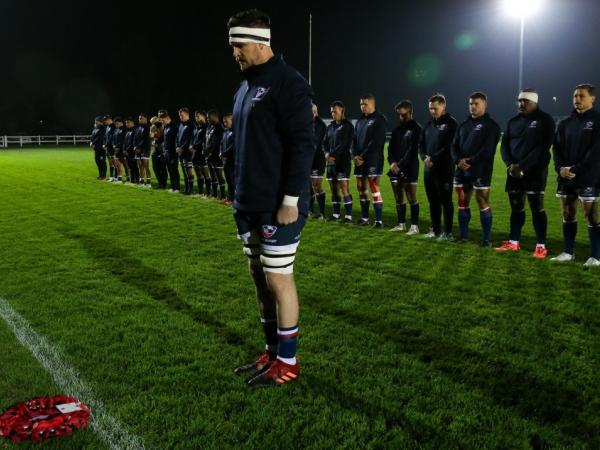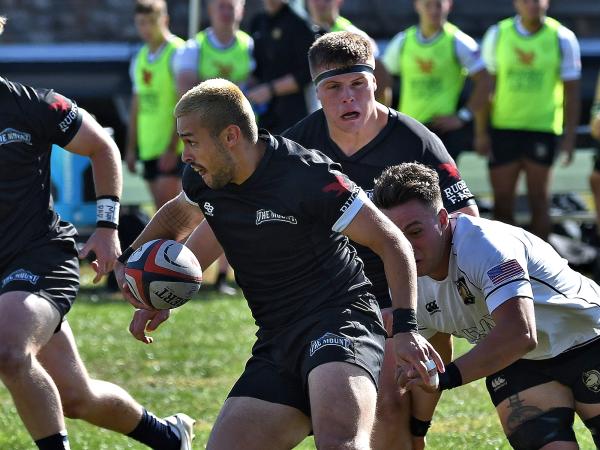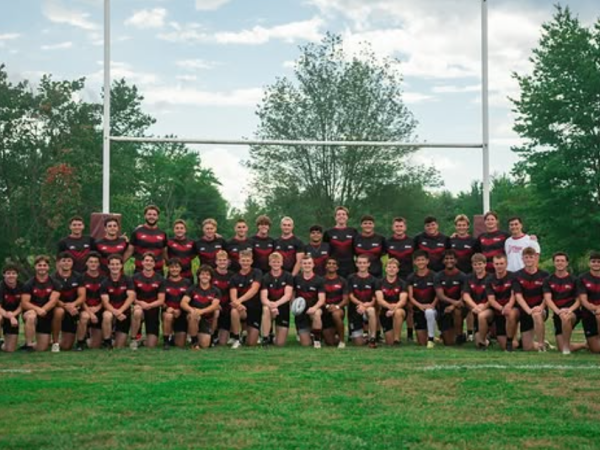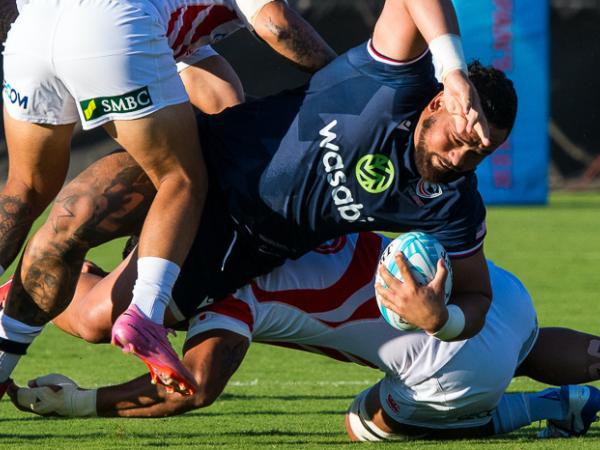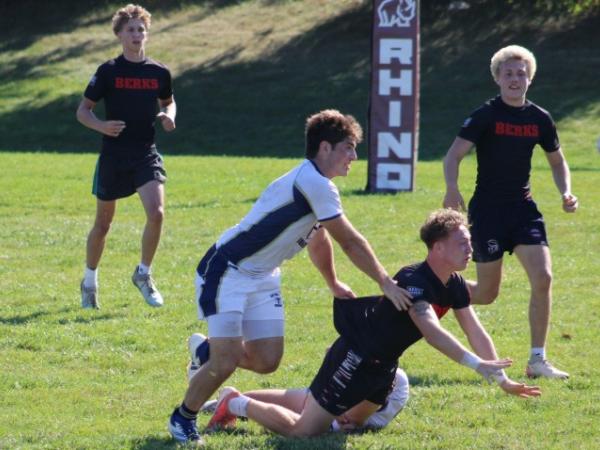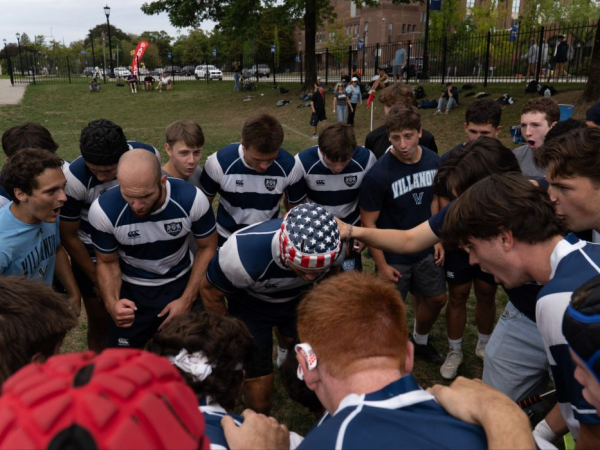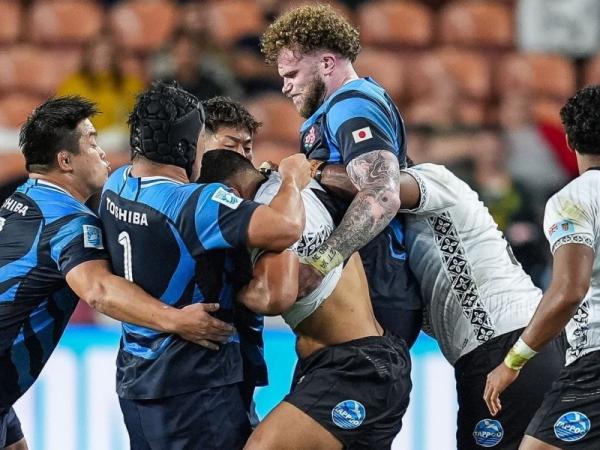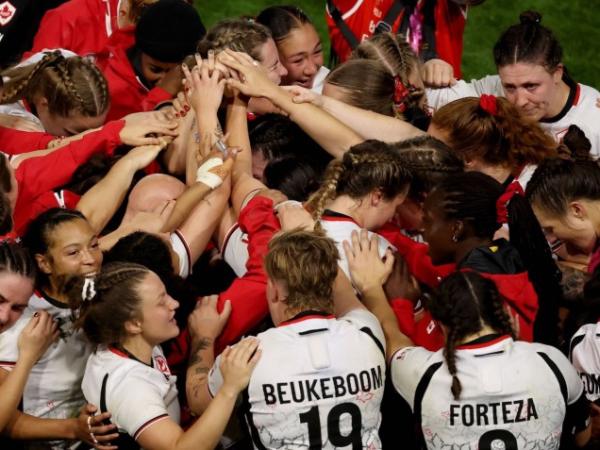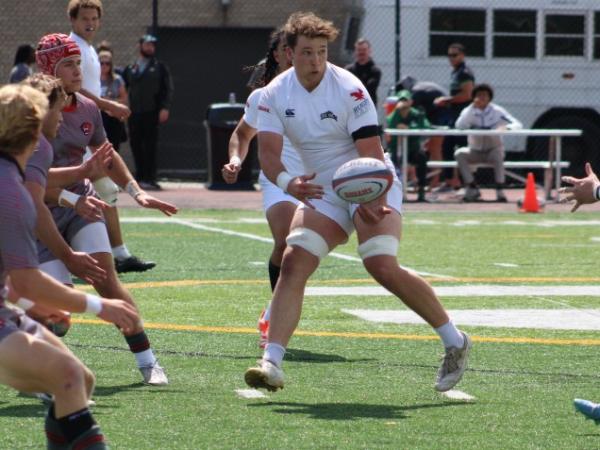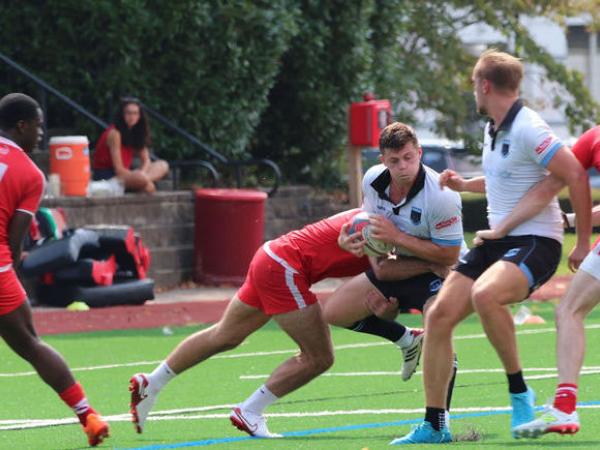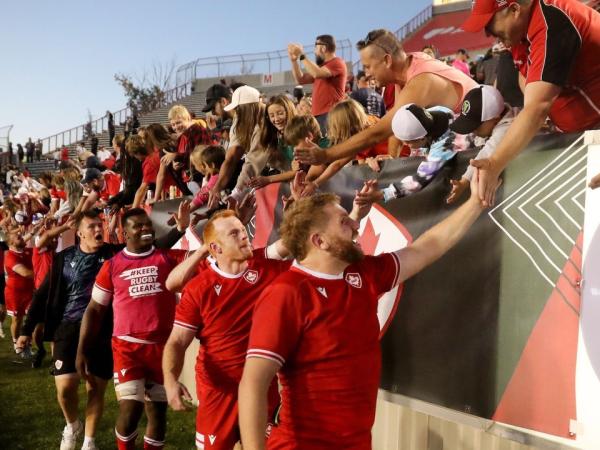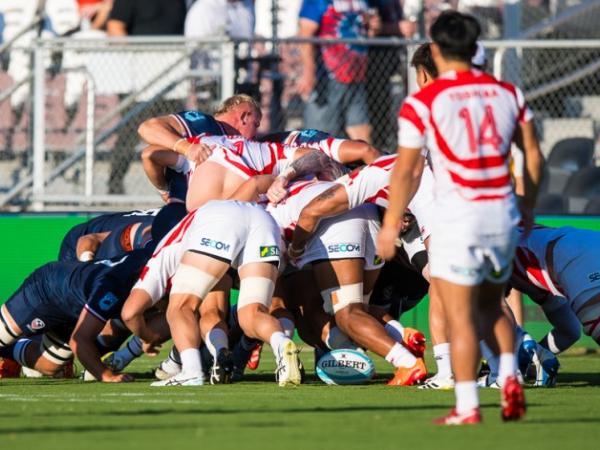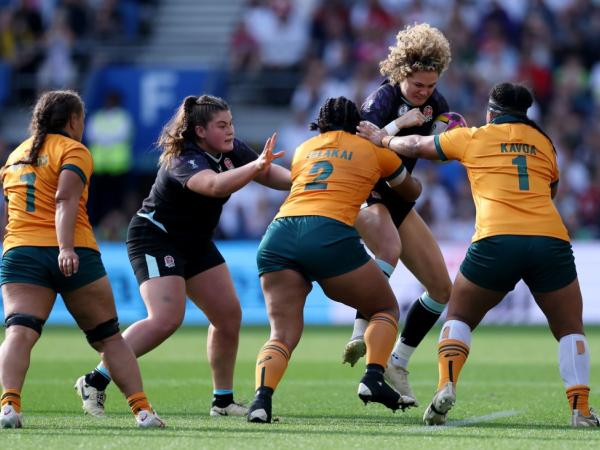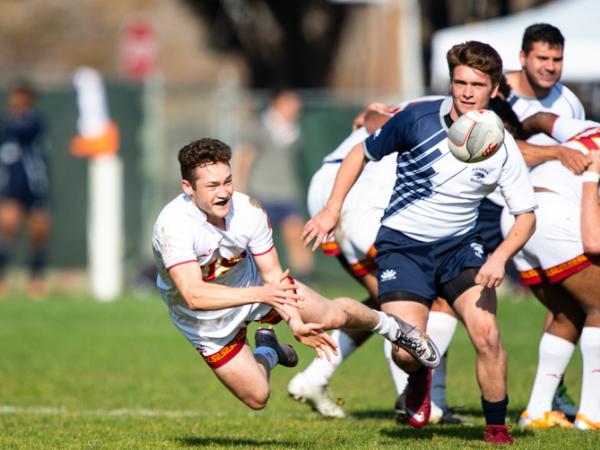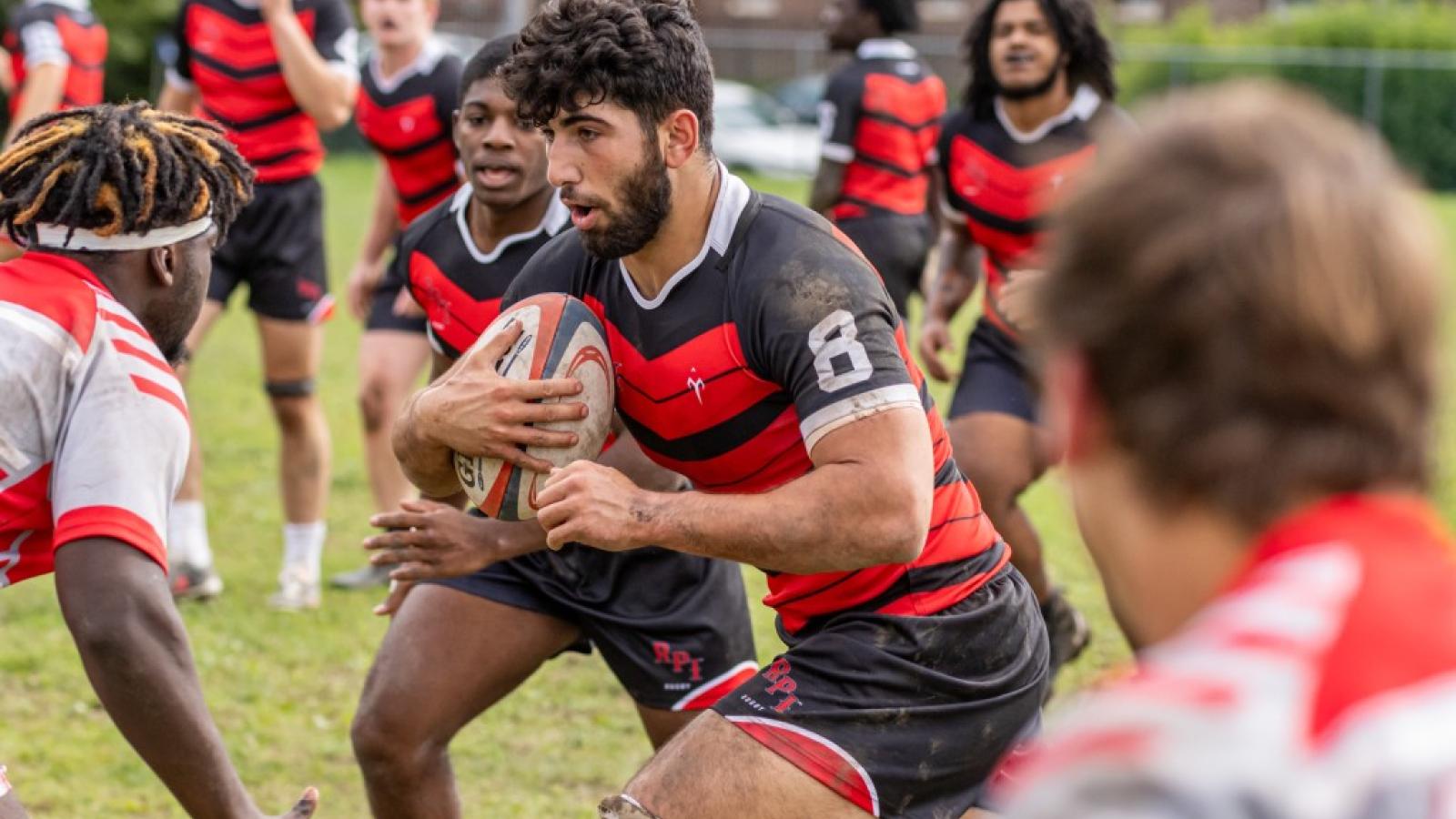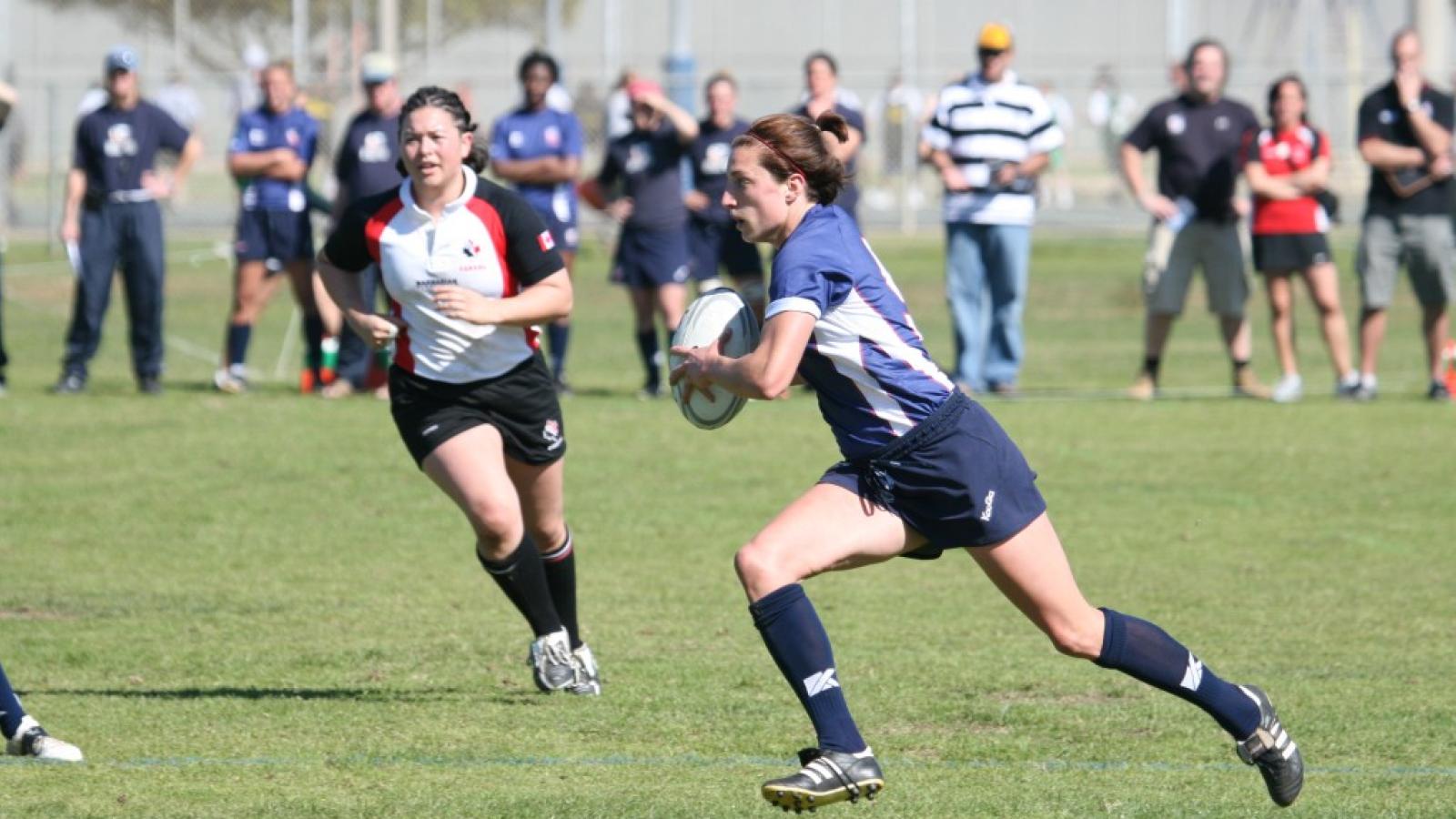CRAA’s new Director of Women’s Rugby, Tiff Lopez, has some work to do at the top and at the bottom of the ladder.
From a major collegiate program struggling to find opponents because they are thought to be too powerful () to programs that need help getting on the field, Lopez has a diverse flock to shepherd.
“What we’re trying to do is get teams to buy back into CRAA and help them get into more of a full-time environment,” Lopez told GRR, who has worked as a Conference Commissioner in D2, and as a manager of the USA Women’s National Team.
Taking the Top of the Pyramid Higher
“I am all about what coached such as Katie [Dowty at Dartmouth] and Mel [Denham at Harvard] do, and what we want to do in CRAA is have non-NCAA programs have that level of competition,” Lopez said. “You look at a team such as Cal Poly, which was in the conference I ran. We just built out a five-year plan with that program. They are moving up now and we want to elevate those kinds of programs. We have to give teams more resources and opportunities for them to go from a club team to a high-performance team.”
Lopez is working hard to get Penn State back to the level they played at some years ago, and working with the likes of BYU, also.
And part of that was opening the door to them playing in NCR’s fall competition and playoff structure. Why? More 15s games.
“We need to play more games and more tough games,” she said. “Looking at what Australia and New Zealand do, their college programs are playing a minimum of 16 games in a season as well as having a preseason. In American colleges we’re just not playing enough rugby. Three games and getting into a championship playoff is not enough. If we play more high-level games we also recruit more players who want to compete at that college level. We need more cross-pollination in rugby, too. Last year we had Princeton play at Stanford for a challenger game. That was good for both.”
CRAA’s women’s competition is all over the map, but heavily on the West Coast, and Lopez said she feels there’s an opportunity there to launch a Golden Coast Series, where division or conference divides don’t matter so much. That jibes with the idea of having teams play in the fall and in the spring, and jibes also with a more porous wall between CRAA and NCR.
“If we continue to divide then none of this is going to get better,” she said. “We need a true National Champion, but regional champions. We’re not seeing who the top dog is and if we continue to divide none of this is going to get better. So the question is, are we playing for a trophy or are we playing for better rugby throughout the country. We’re hosting a [Women’s] World Cup in eight years. We want to be able to start scouting from a better pool of players now.”
NCR, Lopes said, “has created a product people want to be a part of; their presentation their media are very strong.”
But competitively, many very powerful college teams are on the West Coast. Playing through fall and spring at the highest level can include those teams if there’s the will to do that.
Helping the Base
All of that is at the top of the competitive heap, but what about elsewhere? What about teams that are struggling? A competition, one could argue, is only as good as it’s least-successful member.
“Fixing rugby is always a the-chicken-or-the-egg problem,” Lopez said. “People will buy into one. One of the things we did in my conference was look at teams that weren’t producing numbers. Saint Mary’s used to be a huge program. And the fact that they weren’t getting those numbers anymore was irking me. So we looked at it and said ‘let’s give you a competition.’ We started them playing 10s.”
That allowed Saint Mary’s to play a form of rugby that was close to 15s and allowed them to be able to field a squad with a roster of 16 or so. They started to come back.
“That was the egg,” Lopez said. “Then I said ‘next year I need you to be in 15s.’ We’re going forward to more 15s-centric training. They’re getting fans to come out. I’m optimistic that they’re going to have a 15s teams. But we created this competition whereby adding 10s we get small teams stronger, and then they move up. We could then reach out to more smaller colleges and get them into 10s training, and get more rugby played.”






